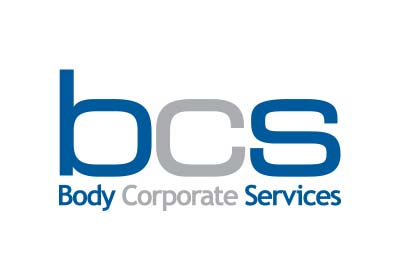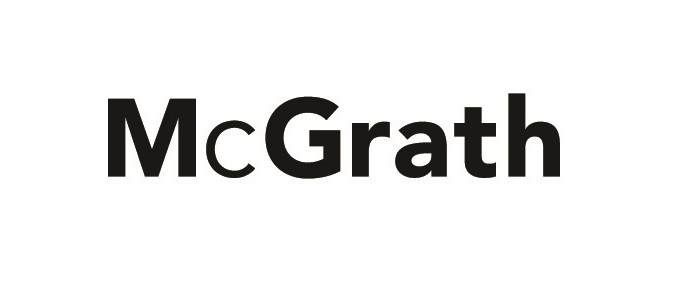How To Make Your Plumbing Environmentally Friendly
More and more people are making their homes friendlier to the environment. It is easy to see why, not only do you help the environment, but making your house environmentally friendly generally lowers your monthly bills (for example, using a rainwater tank can cut your water bill by half, if not more). But, making a part of your home environmentally friendly is not easy. There is a very high barrier of entry, both because you have to buy the environmentally friendly products, but also have the knowledge to know which products are worth the money and which ones are not. A good area to start with if you are interested in making your house more environmentally friendly is your plumbing. To make it easy for you, I have compiled a list of ways that you can make your plumbing friendlier for the environment.
Make use of rainwater
I already mentioned this in the opening, but I will mention it again. A great way to reduce your environmental footprint, while saving a lot of money, is to make use of rainwater. People in rural areas already make extensive use of rainwater, but people in suburbs and urban areas are missing out by not using rainwater. Even if you do not want to use rainwater for drinking water or to bathe, it can still be used to water your lawn, clean clothes, be used in the toilet, and much more. By using rainwater, you reduce your reliance on water dams, the building and expansion of which seriously damage the local eco-system. The savings you get from using rainwater are amazing, you can easily knock off half of your water bill by using rainwater for gardening and for washing. Call an experienced plumber to see if you can get a rainwater harvesting system installed.
Consider switching toilets
Toilets are, generally speaking, very inefficient and wasteful. Toilets used to use way more water than necessary to flush waste, standards have improved a bit, but there is still a lot of room for improvement. If you want to get a more efficient, eco-friendly toilet, then you will want to either get a low flow toilet, or a dual flush toilet. A low flow toilet is fairly self-explanatory, it is a standard toilet that simply uses less water to flush waste down the pipe. A dual flush toilet is a toilet that has two flush options, one for solid waste and one for liquid waste. The option for solid waste uses more water than the one for liquid waste. It is actually very logical when you think about it; it takes less water to flush liquid waste, so why use the same amount of water to flush different kinds of waste. Of course, if you want to go completely green, there are specialty toilets out there that do not use any water (known as composting toilets), but they are very complicated to set up and most people will not have the necessary bathroom set up to install one.
Get a new water heater
Most people do not regularly replace their water heater; understandably so, since they are expensive to replace and there is generally no need to replace them until they show signs that they are breaking. But, if you are interested in reducing your environmental footprint, then you might want to consider getting a new water heater installed by a professional. Why? Well, if you have an older water heater, chances are it is not as environmentally friendly as newer models; so getting a newer model can help reduce your environmental impact. If you are planning on getting a new water heater, you might want to also try getting a water heater that only heats water when necessary. Most water heaters are constantly heating water, so that when you turn on the hot water somewhere in your house, you are greeted by hot water instantly. This is convenient, but also very costly and inefficient. Certain water heater models only heat water when you need it, this is slower, but it will save money and energy.
Get motion sensor faucets
A lot of people subconsciously leave the water going while doing something at the sink (like shaving, brushing your teeth, soaping your hands, etc.), believe it or not, this is a major waste of water. An easy solution to this problem, is to install motion sensor faucets. When they first came out, motion sensor faucets were far more expensive than regular faucets, but now they are very affordable and easy to install. If you feel like you cannot stop yourself from leaving the faucet on, then you may want to call a plumber to see how much it will cost to install some motion sensor faucets, or grab some tools and do it yourself.
Go low flow
I have already covered low flow toilets, so I figured I might as well point out that you can get a lot of “low flow” appliance these days. Low flow shower heads, low flow faucets, low flow washing machines, etc. Getting a low flow version of an appliance is an easy way to save some money on your monthly bill, while reducing your impact on the environment. When buying appliances like washing machines, you also want to try and get ones that are energy efficient; all appliances are graded based on their energy efficiency (known as an Energy Star rating), so investigate before you buy.
Fix leaky faucets or pipes
This is something you can do (or get done by a plumber if you are not very handy) very easily and without spending a lot of money. Lots of people leave their leaky pipes and faucets unfixed, probably because they are just too busy to get around to actually fixing them. Leaky faucets and pipes are responsible for a huge amount of wasted water; it does not seem like a lot, but all that dripping adds up. So, if you want to save some money and be environmentally responsible, take half an hour to fix your leaky faucets or pipes, or call a professional who will be able to do the job quickly.
Trusted By












